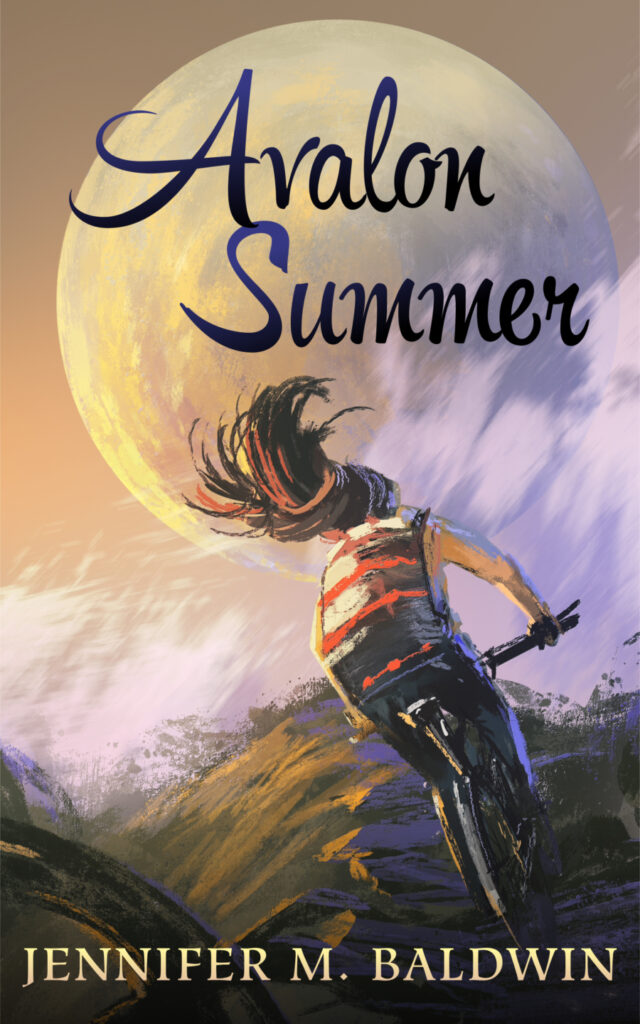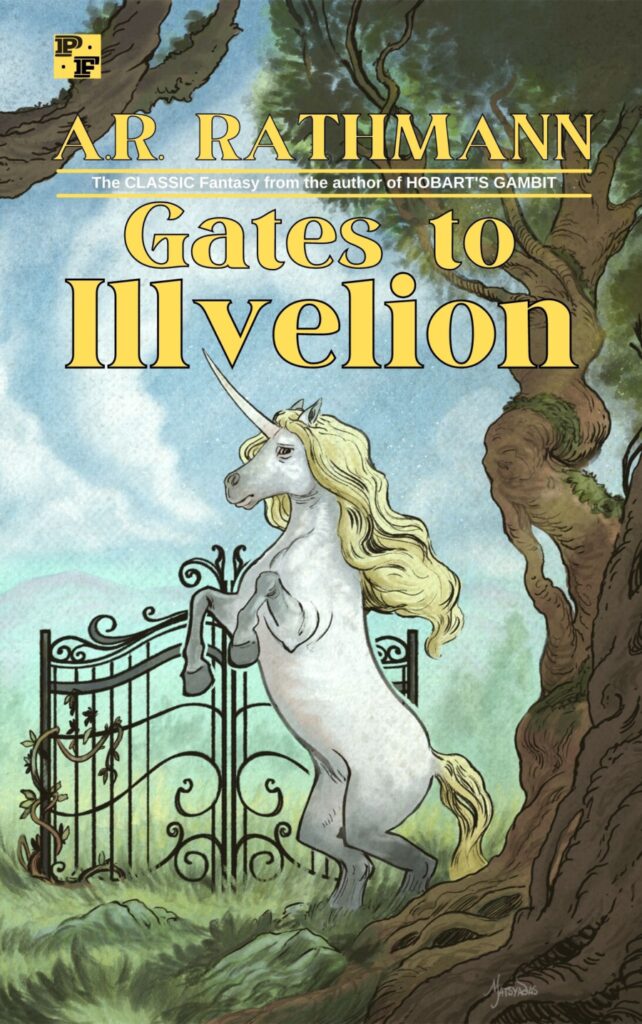 This is one I do with my students — and I do it myself. It’s just a great warm-up exercise, or a way to get ideas when a story or essay feels stuck. I did not invent this exercise (I think it might come from Notebook Know How by Aimee Buckner, or from some other, much smarter teachers than me. James Scott Bell has a variation of it, I think).
This is one I do with my students — and I do it myself. It’s just a great warm-up exercise, or a way to get ideas when a story or essay feels stuck. I did not invent this exercise (I think it might come from Notebook Know How by Aimee Buckner, or from some other, much smarter teachers than me. James Scott Bell has a variation of it, I think).
It’s called 10 Lines/Try Ten:
In a notebook, write ten opening lines for whatever piece you are working on (or just ten opening lines for ten potentially different pieces). Because you’ve got to write ten unique lines, you don’t labor too intensely over any single sentence, and it totally breaks the blockage that can sometimes happen when you’re starting a piece and staring at the blank page. By coming up with ten openings, you take the pressure off of having that One Perfect Line that can sometimes cripple the writing process. I encourage my students (and myself) to even try to go past the number ten — push things to eleven or even fifteen — and see what comes out. Often the best line is towards the end, when we’ve moved past cliche or the first, somewhat stale thought. Other times, I’ve found that it’s the third or fourth line that really grabs me, and I don’t bother with the other six. I just keep writing from the line that works and that gets me excited.
Here are some first lines I did as a creative exercise. None of these (as yet) are part of any larger story, but I just needed to work my imagination for a bit, so I came up with these. (N.B.: I didn’t even do ten lines, just five. But even these five did enough to get my creative juices flowing.)
1. Tetzi knew she should’ve hidden the body somewhere else.
2. Aoife knew she was adopted, and she never tired of telling their parents so.
3. I was once a bird. Uncle tells me it was just a dream, but he’s a liar.
4. It’s hard fighting duels when you’re drunk.
5. If Lao thought having two children was hard, he was in for a surprise once he had three. By the time he had five, he was ready to begin looking for a new home and a new wife to take care of them all. The five came to Lao not by the natural methods, but by the sign outside his door that said “Master,” and the reputation that preceded it.
Each of these opening lines gets me excited to keep writing, to find out who these characters are and what will happen to them next. Are they perfect lines? No, not by a long shot. But they help un-stick my mind, get me thinking about character, conflict, and the makings of a particular setting. Sometimes a First Lines exercise will be just that — an exercise, something to spur creativity — but it can also serve as a way to begin a new story or chapter. For me, #2 and #3 feel like they might be the beginnings of short stories. The other three openings are interesting, but my mind doesn’t really have anywhere for them to go. Yet.
What’s nice is that I can keep these lines in my notebook and revisit them. Maybe in a few months I might find a story behind one of them; I might have more inspiration to keep writing that story. Ten Lines/Try Ten is a great way to be playful and take the pressure off, and yet, I also find it fruitful for my actual writing; it can give me the start of a new story. Because beginnings can often be so hard, it’s nice to open my notebook and find a beginning ready-made, waiting for me to continue the tale.



Leave a Reply